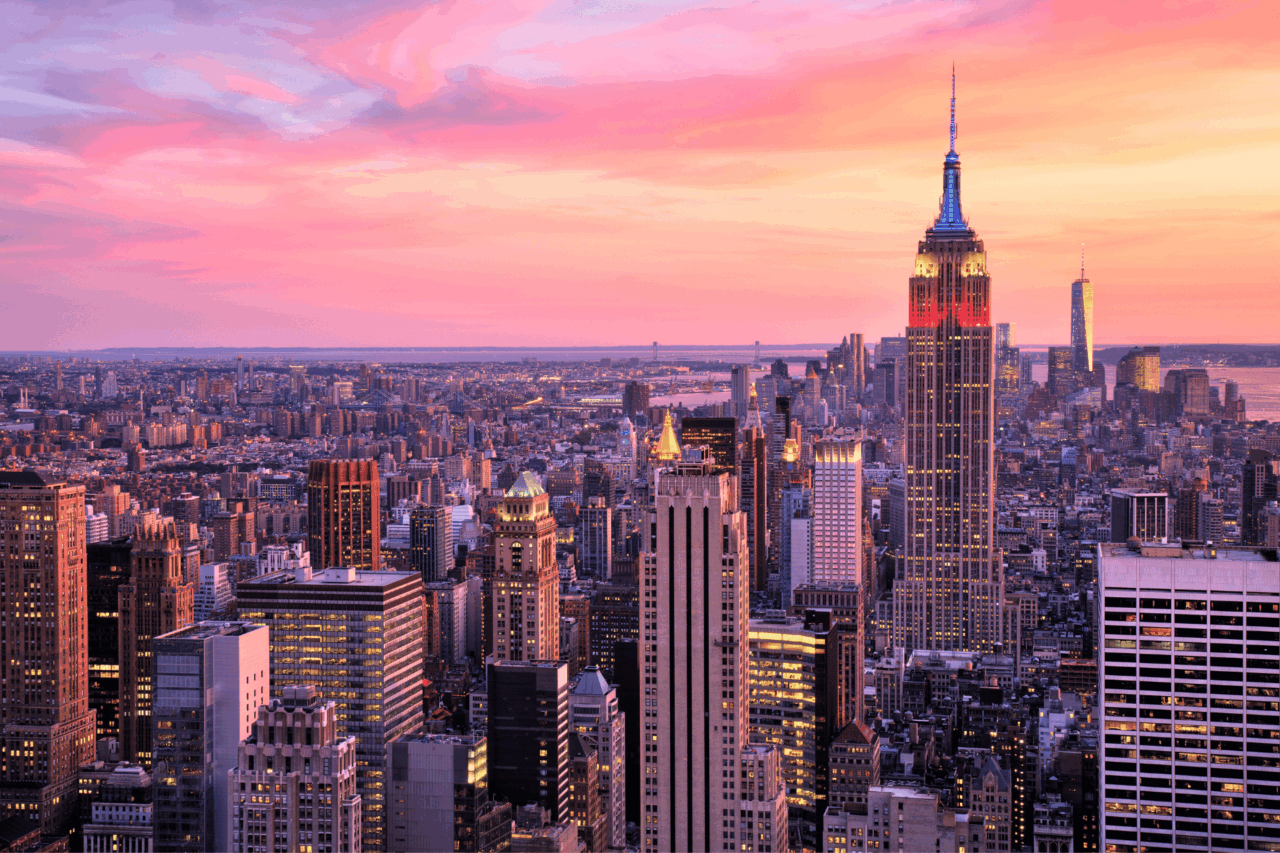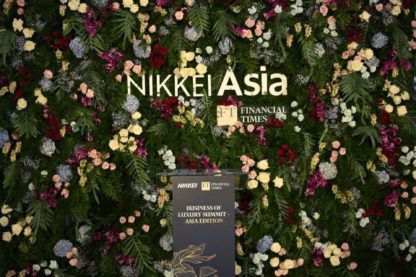According to a new study by Bain & Company and Altagamma, global luxury sales are forecasted to grow in 2025, albeit at a slower pace. While economic and political tensions, including tariff threats and macroeconomic volatility, are expected to moderate the sector’s momentum, the industry remains structurally sound, with strong fundamentals and expanding consumer bases.
The study, which is a benchmark in the luxury sector, reflects cautious optimism amid shifting global dynamics. Despite short-term pressures, long-term growth drivers (such as Gen Z consumers, China’s recovery, and digital luxury) continue to anchor the industry’s resilience.
The study offers a concise snapshot of the trends, forecasts, and consumer shifts that are shaping the global luxury landscape. Here are the most important takeaways that industry leaders should note.
Strategic Highlights:
- Market Growth: Global luxury sales are expected to reach €540–€580 billion by 2025, up from €362 billion in 2023, with a 5%–7% annual growth rate through 2030.
- China’s Rebound: China is set to reclaim its position as the top luxury market, with domestic spending rising. It could account for 35%–40% of global sales by 2030.
- U.S. Stability: The post-pandemic boom is tapering, but the U.S. remains the largest luxury market, driven by affluent Millennials and Gen Z.
- Europe’s Tourism Boost: Inbound travel and favorable currency conditions are fueling a rebound in luxury retail, though local consumer confidence remains fragile.
- Gen Z & Alpha Influence: Gen Z will comprise 25%–30% of luxury purchases by 2030. Gen Alpha is already shaping brand preferences through digital exposure and early engagement.
- Shifting Business Models: Brands are focusing on direct-to-consumer, personalization, and sustainability to meet changing consumer expectations and build long-term loyalty.
Despite a landscape marked by uncertainty, from geopolitical tensions to shifting consumer habits, the global luxury industry remains on solid footing. The findings from Bain & Company and Altagamma highlight a sector that is not only weathering global headwinds but evolving in response to them.
Structural resilience, generational transformation, and regional rebalancing are shaping a new era for luxury. China’s renewed domestic momentum, the spending power of digitally native consumers, and the industry’s strategic pivot toward direct engagement and sustainability point to a more agile and forward-looking market.
While the pace of growth may temper in the near term, the luxury sector is entering a phase defined less by short-term spikes and more by sustainable, high-quality expansion. For brands willing to invest in relevance, personalization, and purpose, the years ahead present a refined recalibration.
SOURCES: BRAND EQUITY





